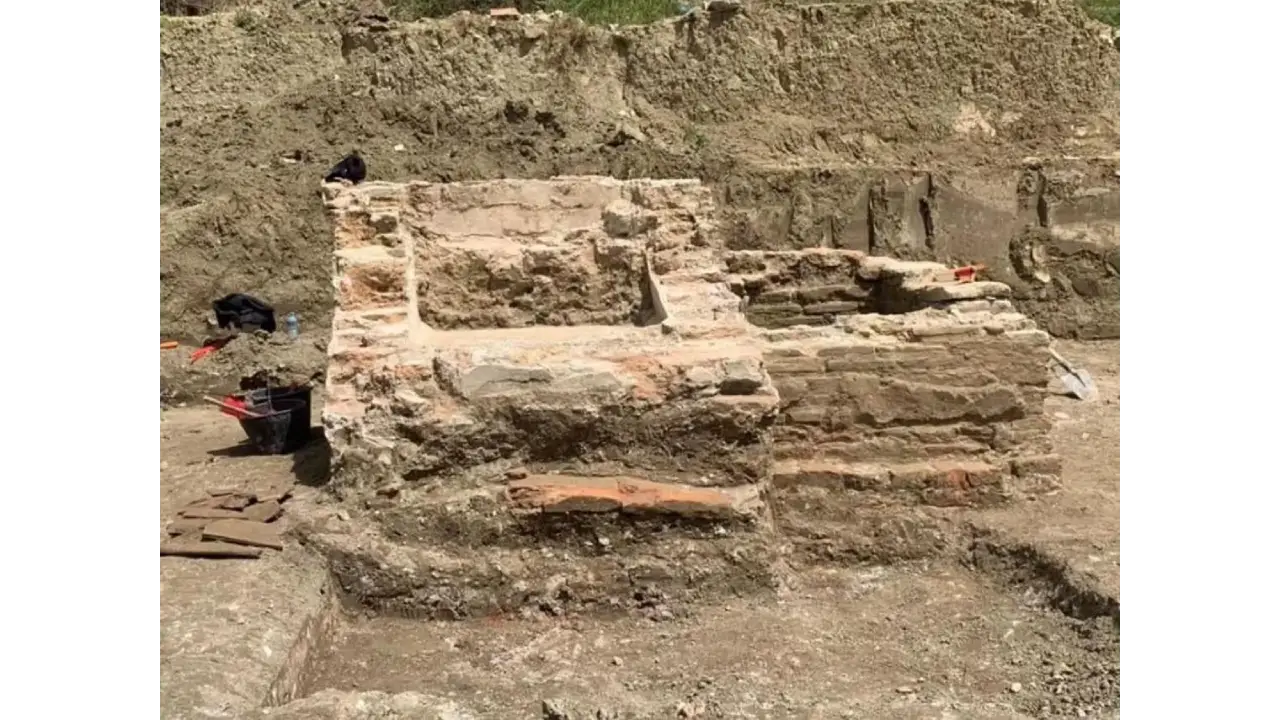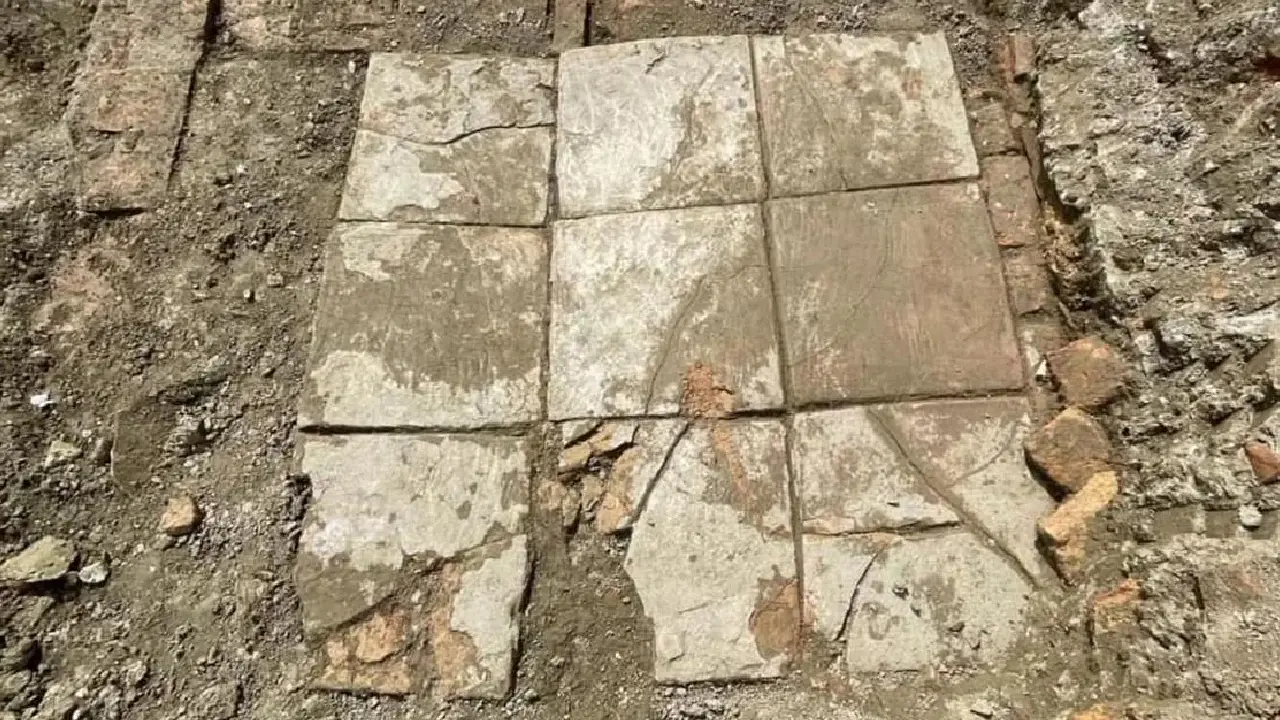Archaeologists in Albania have made a groundbreaking discovery that sheds light on the opulence and sophistication of ancient Roman society. During excavations in Durrës, a city with a rich history dating back to the Greek and Roman eras, they unearthed a 1,600-year-old indoor pool.
The pool, located within the ruins of a Roman villa, is a testament to the luxurious lifestyle enjoyed by the elite of the time. Adorned with intricate mosaic patterns, the pool showcases the high level of artistry and craftsmanship prevalent in the Roman world.

This remarkable find is the first of its kind to be discovered in Albania. Its well-preserved condition and the exceptional quality of its mosaics make it a significant archaeological discovery. The pool’s intricate details, including geometric patterns and colorful frescoes, offer a glimpse into the aesthetic preferences and cultural values of the Romans.
The villa complex in which the pool is located is believed to have been destroyed by an earthquake in the 4th century CE. The excavation has uncovered other elements of the villa, including a large brick floor, walls, ceilings, and fragments of tile mosaics. These discoveries provide valuable insights into the architecture, lifestyle, and cultural practices of the Roman inhabitants of Durrës.
The Roman structures found in Durrës offer a unique opportunity to study the city’s past. The well-preserved mosaic floor, crafted from marble, stone, glass, and ceramics, showcases the artistic skill and technical expertise of the Roman artisans.
The discovery of this ancient indoor pool is a reminder of the enduring legacy of the Roman Empire and the rich history of Albania. It offers a glimpse into the lives of the people who lived in this region centuries ago and highlights the importance of preserving our archaeological heritage. As archaeologists continue to explore the ruins of Durrës, we can expect to uncover even more fascinating discoveries that will deepen our understanding of the Roman world.

Leave a Reply